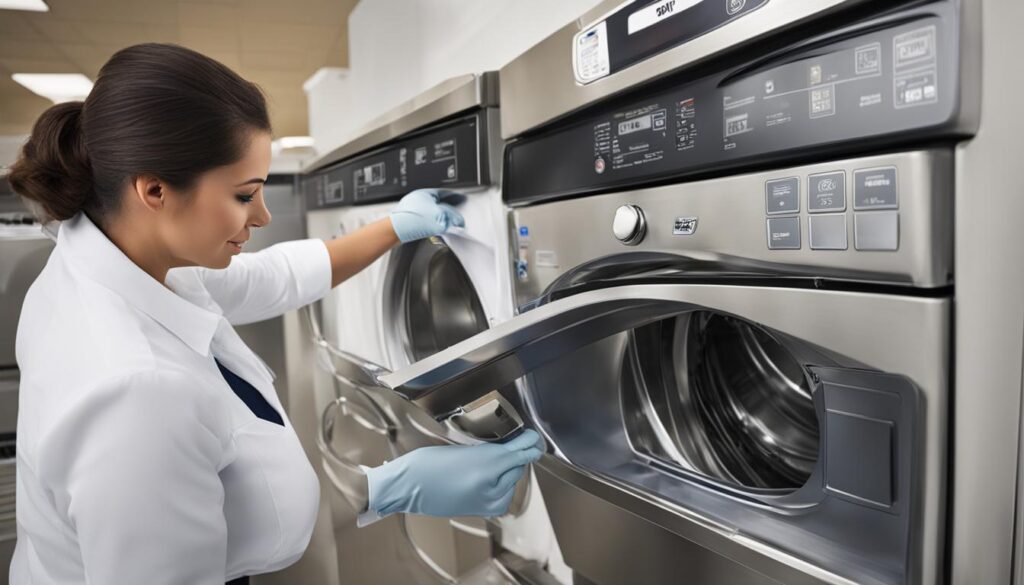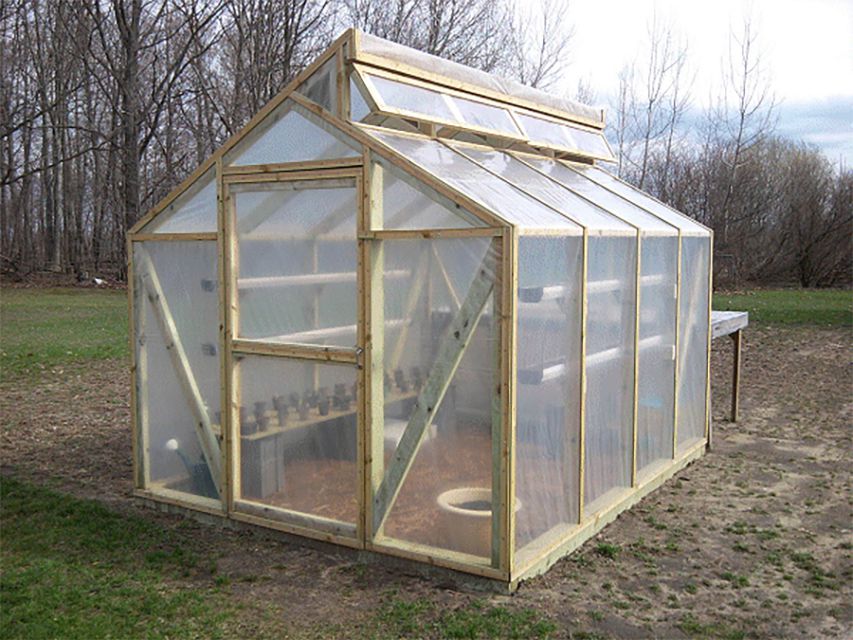Home Fitness Equipment Guide: Essential Factors for Smart Purchasing Decisions
Understand your fitness goals
Before purchase any home fitness equipment, take time to understandably define your fitness objectives. Different goals require different types of equipment. Do you mainly focus on:
- Building muscle mass and strength
- Improve cardiovascular health
- Enhance flexibility and mobility
- Weight loss and calorie burning
- Sport specific training
For strength training goals, equipment like dumbbells, barbells, weight benches, and resistance bands might be appropriate. If cardiovascular fitness is your priority, treadmills, exercise bikes, row machines, or ellipticals could be better investments. Those focus on flexibility might need minimal equipment beyond yoga mats and blocks.
The virtually effective home gyms oftentimes combine elements that address multiple fitness components. Understand your primary objectives help you prioritize purchases and avoid invest in equipment that doesn’t align with your goals.
Space considerations and equipment footprint
The available space in your home importantly impact equipment choices. Measure your designated workout area cautiously before make any purchases. Consider:
- Floor dimensions (length and width )
- Ceiling height (particularly important for tall equipment )
- Door width (for bring equipment interior )
- Floor type and need for protective mats
Many manufacturers provide detailed dimensions for both the equipment’s footprint during use and its storage size. Some modern home fitness equipment is design specifically for small spaces with fold capabilities or vertical storage options.
Remember to account for safety zones around equipment. Treadmills need additional space behind them in case of falls. Weight training require room to move freely around equipment. Rowing machines need their full extension length plus extra space.
Multi functional equipment for limited spaces
If space is at a premium, consider multi functional equipment that serve multiple purposes:
- Adjustable dumbbells that replace entire dumbbell racks
- Functional trainers with cable systems for hundreds of exercises
- Fold treadmills or bikes that can be store vertically
- Suspension training systems that attach to doors or walls
- Adjustable weight benches that enable numerous exercise variations
The ability to rapidly reconfigure or store equipment can make the difference between a functional home gym and one that become an inconvenient obstacle in your live space.
Budget planning and value assessment
Home fitness equipment range from budget friendly basics to commercial grade investments. Establish a realistic budget help narrow options and prevent impulse purchases. Consider:
- Initial equipment cost
- Potential delivery and assembly fees
- Necessary accessories (mats, heart rate monitors, etc. )
- Maintenance costs over time
- Warranty coverage and potential repair expenses
While it’s tempting to seek the broken price options, exceedingly cheap fitness equipment oftentimes lack durability and may really cost more in the long run due to replacements or repairs. Conversely, the well-nigh expensive options may will include features you’ll ne’er will use.
Value is about find the sweet spot between quality and price for your specific needs. Research customer reviews focus on durability reports from people who’ve own the equipment for several months or years.
Cost per use analysis
A helpful approach to budgeting is calculated the potentia” cost per use” of equipment:
- Will estimate how many times per week you will use the equipment
- Multiply by 52 (weeks in a year )
- Multiply by the number of years you expect the equipment to last
- Divide the total cost by this number
This calculation help put the investment in perspective. Equipment that seem expensive initially may really represent excellent value when use regularly over several years.
Quality, durability and construction
Home fitness equipment endure significant stress during regular use. Construction quality flat impact safety, performance, and longevity. Key quality indicators include:
Frame and structural elements
Examine the materials use in the main structure:
- Steel gauge (lower numbers indicate thicker, stronger steel )
- Weld quality at connection points
- Weight capacity ratings (should exceed your needs )
- Stability during movement
Move parts and mechanisms
For equipment with move components:

Source: slideteam.net
- Bear quality in pivot points
- Belt or chain drive systems
- Smoothness of motion under load
- Noise levels during operation
Electronics and consoles
For equipment with electronic features:
- Display clarity and responsiveness
- Intuitive user interface
- Water resistance for sweat protection
- Battery life or power requirements
Research manufacturer reputation is crucial. Establish brands typically offer better quality control, more comprehensive warranties, and longer term availability of replacement parts. User reviews can provide insights into how equipment perform in actual home settings instead than commercial gyms.
Ergonomics and adjustability
Equipment that doesn’t fit your body right can lead to discomfort, poor form, and potential injury. Proper ergonomics ensure effective workouts and long term sustainability. Consider:
- Height adjustability (particularly for bikes, ellipticals, and weight benches )
- Range of motion appropriate for your body proportions
- Multiple grip positions to accommodate different hand sizes
- Seat comfort and adjustability
- Foot placement options and pedal size
If multiple household members will use the equipment, adjustability become level more important. What work utterly for someone 5’5″ may be uncomfortable or ineffective for someone 6’2 “.
When possible, test equipment before purchase. Many specialty fitness retailers offer test sessions. Pay attention to how natural the movement feel and whether you can maintain proper form throughout the exercise range.
Technology features and connectivity
Modern fitness equipment oftentimes include technology features that can enhance workout experiences and tracking capabilities:
- Heart rate monitoring (build in or compatible with external monitors )
- Workout program variety and customization
- Performance metrics tracking (speed, distance, calories, etc. )
- Bluetooth / Wi-Fi connectivity for data sync
- Compatibility with fitness apps and platforms
- Entertainment options (speakers, tablet holders, etc. )
While technological features can increase motivation and workout effectiveness, they besides add cost and complexity. Consider which feature truly add value to your specific fitness routine versus those that might be interesting initially but seldom use long term.
Subscription requirements
Some modern equipment require ongoing subscriptions to access full functionality:
- Monthly fees for guide workouts or classes
- Premium features lock behind subscriptions
- Equipment that become importantly less useful without subscriptions
Factor these ongoing costs into your budget planning and consider whether the subscription content align with your workout preferences and goals.
Noise levels and neighbor considerations
Equipment noise can become a significant issue, peculiarly in apartments, condominiums, or homes with share walls. Consider:
- Impact noise (treadmill footfalls, jumping movements )
- Mechanical noise (fans, motors, resistance mechanisms )
- Weight impact noise (dumbbells, weight stacks )
Different equipment types produce vary noise levels:
- Treadmills tend to be the loudest due to motor noise and foot impact
- Magnetic resistance bikes and ellipticals operate comparatively quiet
- Rowing machines vary greatly depend on resistance type
- Free weights can create sudden impact noise when set down
Noise mitigation strategies include:
- Rubber flooring or specialized exercise mats
- Equipment placement outside from share walls
- Time workouts to minimize disturbance
- Select equipment with quieter operation (magnetic vs. Air resistance )
Maintenance requirements and accessibility
All fitness equipment require some maintenance to remain safe and effective. Understand these requirements help you select equipment you’re willing to maintain:
- Lubrication schedules for move parts
- Belt tension adjustments
- Battery replacement for electronic components
- Clean procedures to prevent sweat damage
- Bolt tightening and structural inspections
Equipment with sealed bearings, enclose mechanisms, and corrosion resistant materials typically require less maintenance. Some manufacturers provide detailed maintenance schedules and instructional videos to simplify upkeep.
Consider besides the accessibility of components that need regular attention. Equipment design with maintenance in mind provide easy access to adjustment points and serviceable parts.
Safety features and stability
Safety should ne’er be compromise when select home fitness equipment. Key safety features vary by equipment type:
Cardio equipment safety
- Emergency stop mechanisms (safety keys, quick stop buttons )
- Side rails for stability (treadmills, steppers )
- Smooth acceleration and deceleration
- Non-slip surfaces on pedals and platforms
Strength equipment safety
- Stable base with non-rock design
- Safety catches and spotter arms on racks
- Secure weight plate lock mechanisms
- Smooth cable operation without catch
Equipment stability become specially important for dynamic movements or exercises perform at higher speeds. A wobbly treadmill or unstable power rack create unnecessary risk.

Source: biobase.cc
For homes with children, look for equipment with childproofing features or the ability to disable operation when not in use. Some equipment offer lockout features specifically design to prevent unauthorized use.
Warranty and customer support
Warranty coverage reflect the manufacturer’s confidence in their product. Comprehensive warranties typically include:
- Frame warranty (oftentimes lifetime for quality equipment )
- Parts warranty (typically 2 5 years )
- Electronics warranty (commonly 1 3 years )
- Labor warranty (ordinarily 90 days to 1 year )
Read warranty terms cautiously, note:
- Coverage limitations for home vs. Commercial use
- Requirements for maintain warranty validity
- Shipping costs for warranty service
- In home service availability vs. Return shipping requirements
Research the manufacturer’s customer service reputation through reviews and forums. Responsive customer support can importantly impact your experience if issues arise. Consider whether the company offer:
- Multiple contact methods (phone, email, chat )
- Weekend / extend hours support
- Availability of user manuals and troubleshooting guides
- Active user community or forums
Assembly requirements and delivery options
Many pieces of home fitness equipment require significant assembly. Before purchasing, understand:
- Typical assembly time (from user reviews, not fair manufacturer claims )
- Tools require beyond what’s include
- Number of people recommend for safe assembly
- Clarity of assembly instructions
Professional assembly services are available for most equipment types, either through the retailer or third party services. These typically add $100 300 to the purchase price but can save considerable time and frustration.
Delivery considerations include:
- Threshold delivery (to your door )vs. Room of choice delivery
- Stair carry capabilities for multi level homes
- Schedule flexibility and delivery windows
- Package dimensions relative to doorways and hallways
- Old equipment removal options
Resale value and future expandability
Quality fitness equipment oftentimes retain reasonable resale value, especially from reputable brands. Consider the potential resale market if your needs change:
- Brand reputation for longevity
- Standardization of components (standard vs. Proprietary )
- Local market for use fitness equipment
Some equipment systems are design for expandability, allow you to start with basics and add components as your fitness progresses or budget allow:
- Modular rack systems that accept various attachments
- Weight systems with expandable capacity
- Platforms that can integrate with other equipment
This approach can be cost-effective long term, allow your home gym to evolve with your change fitness needs without replace entire systems.
Final decision make process
After research options base on the factors supra, a systematic decision process help ensure satisfaction with your purchase:
- Create a priority list Of must-have features vs. Nice to have features
- Narrow to 2 3 top contenders For each equipment type you need
- Read in depth reviews From users with similar goals and situations
- Test equipment when possible , regular if it rrequiresvisit a gym or store
- Check for seasonal sales Or promotions that might affect timing
- Verify all space requirements With detailed measurements
- Confirm warranty details Direct with the manufacturer if unclear
Will remember that the best equipment is finally the equipment you will use systematically. Sometimes a simpler, more accessible option get better results than a complex system with features you seldom utilize.
By exhaustively will evaluate these key factors, you can make informed decisions about home fitness equipment that will serve your needs efficaciously for years to come, will provide a positive return on your investment in both financial terms and fitness results.
MORE FROM hotondeals.com













